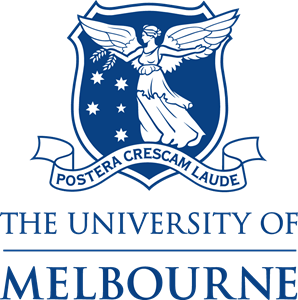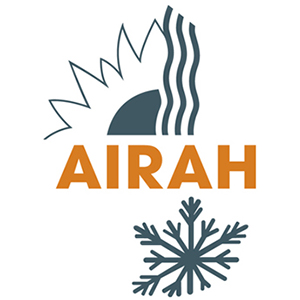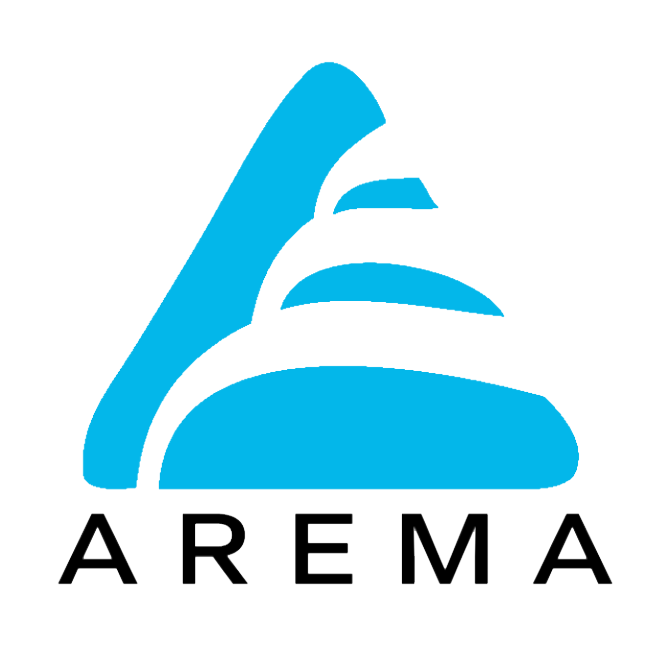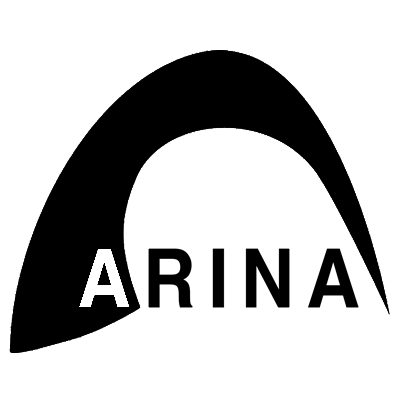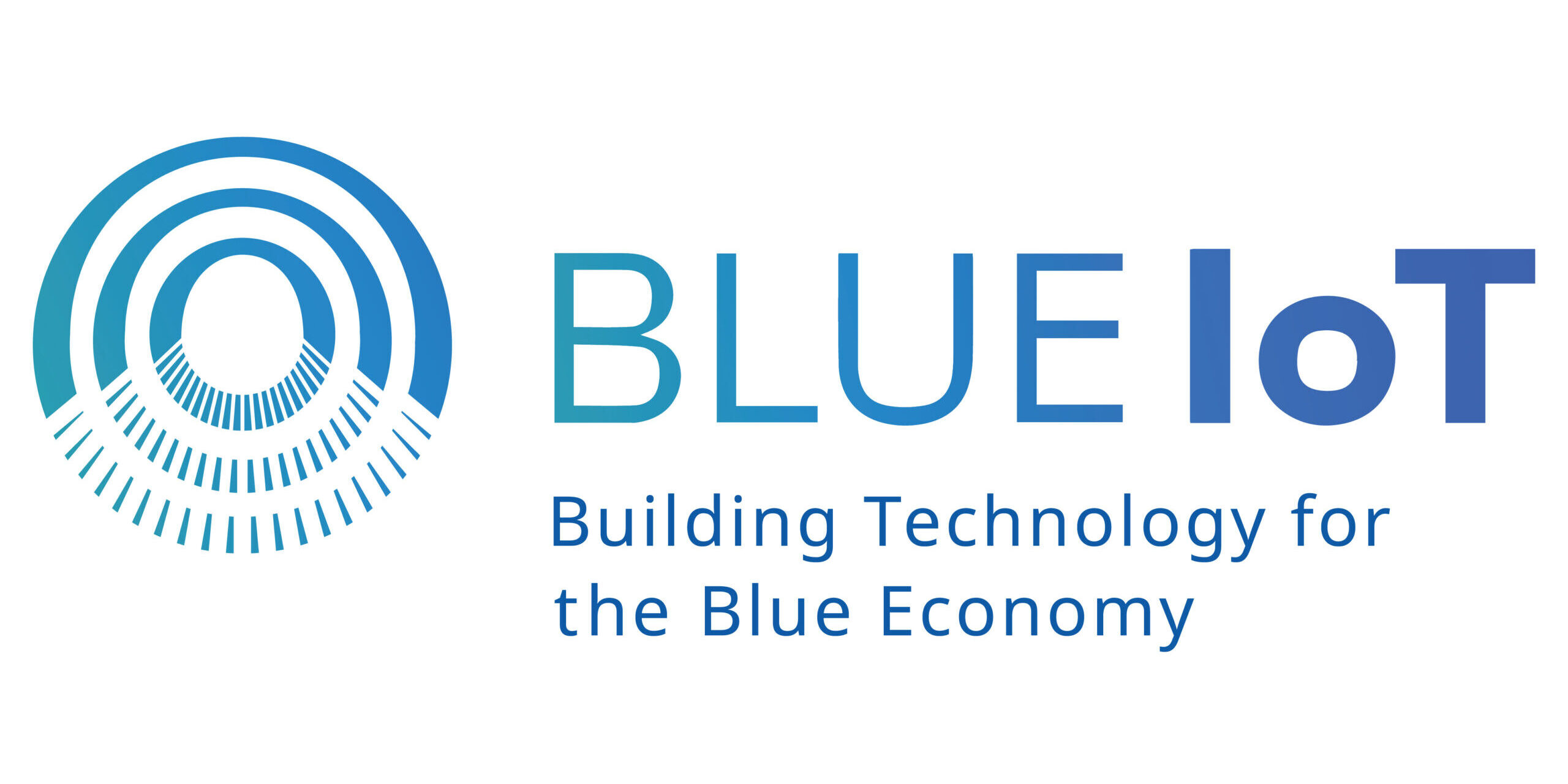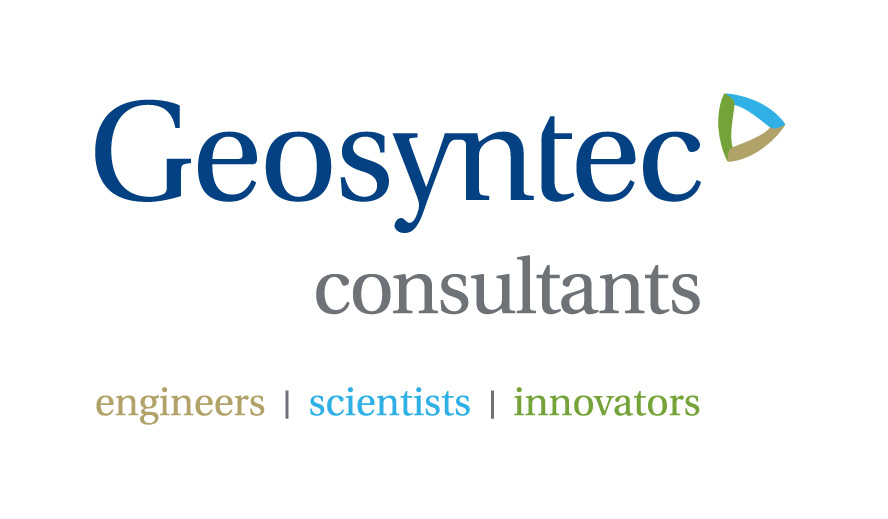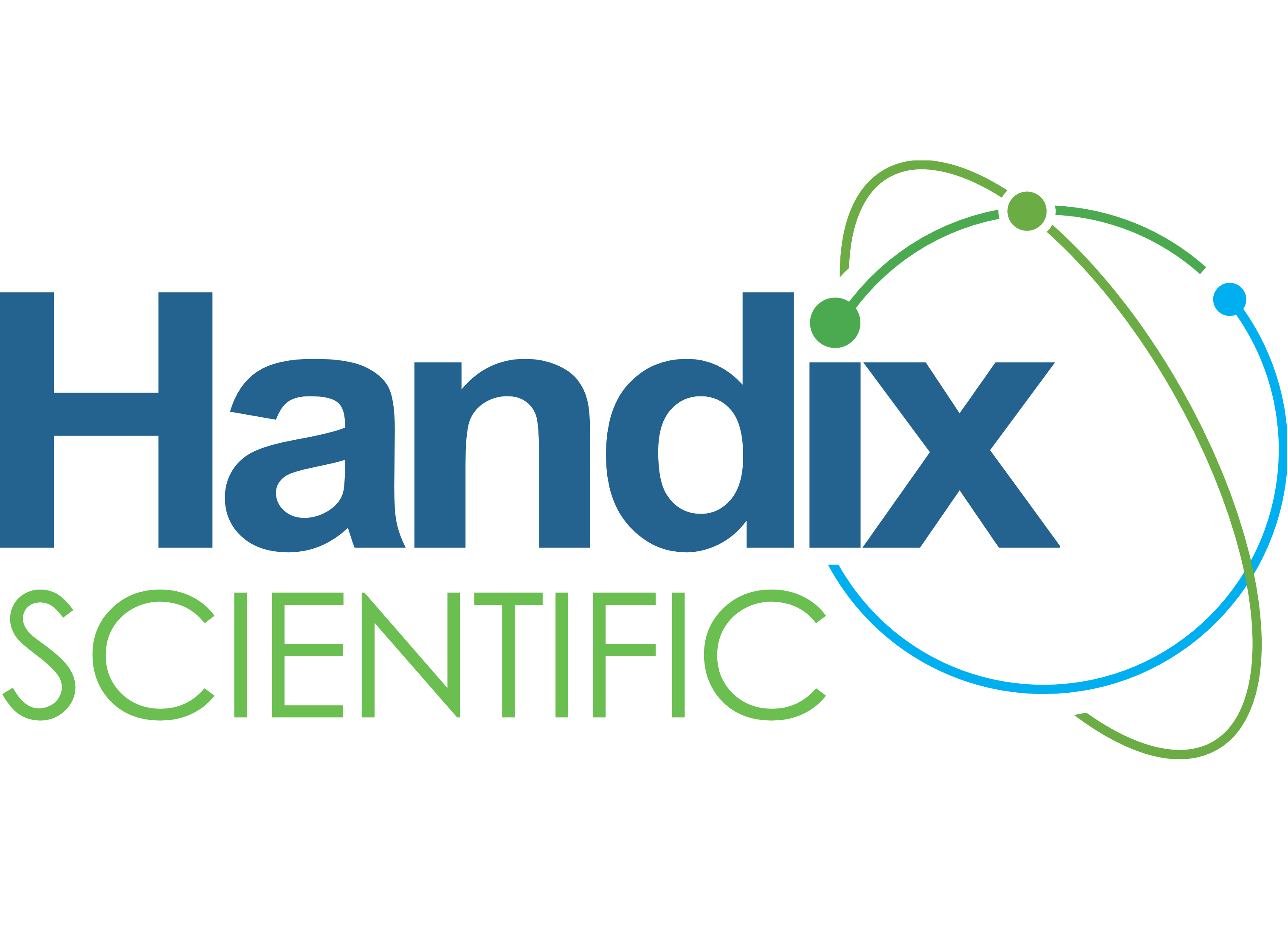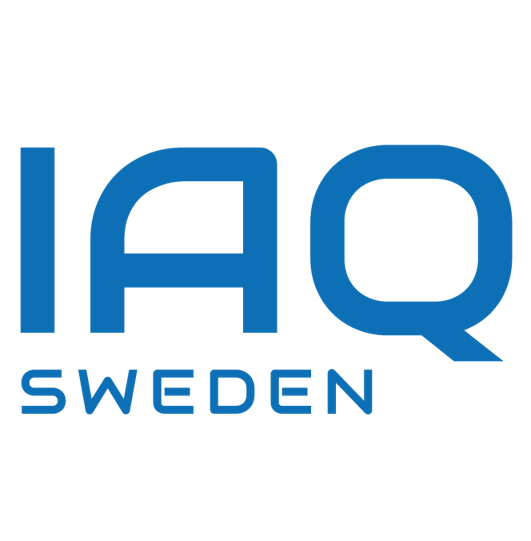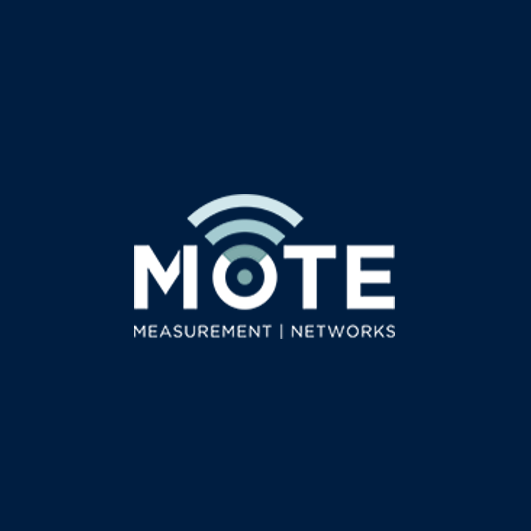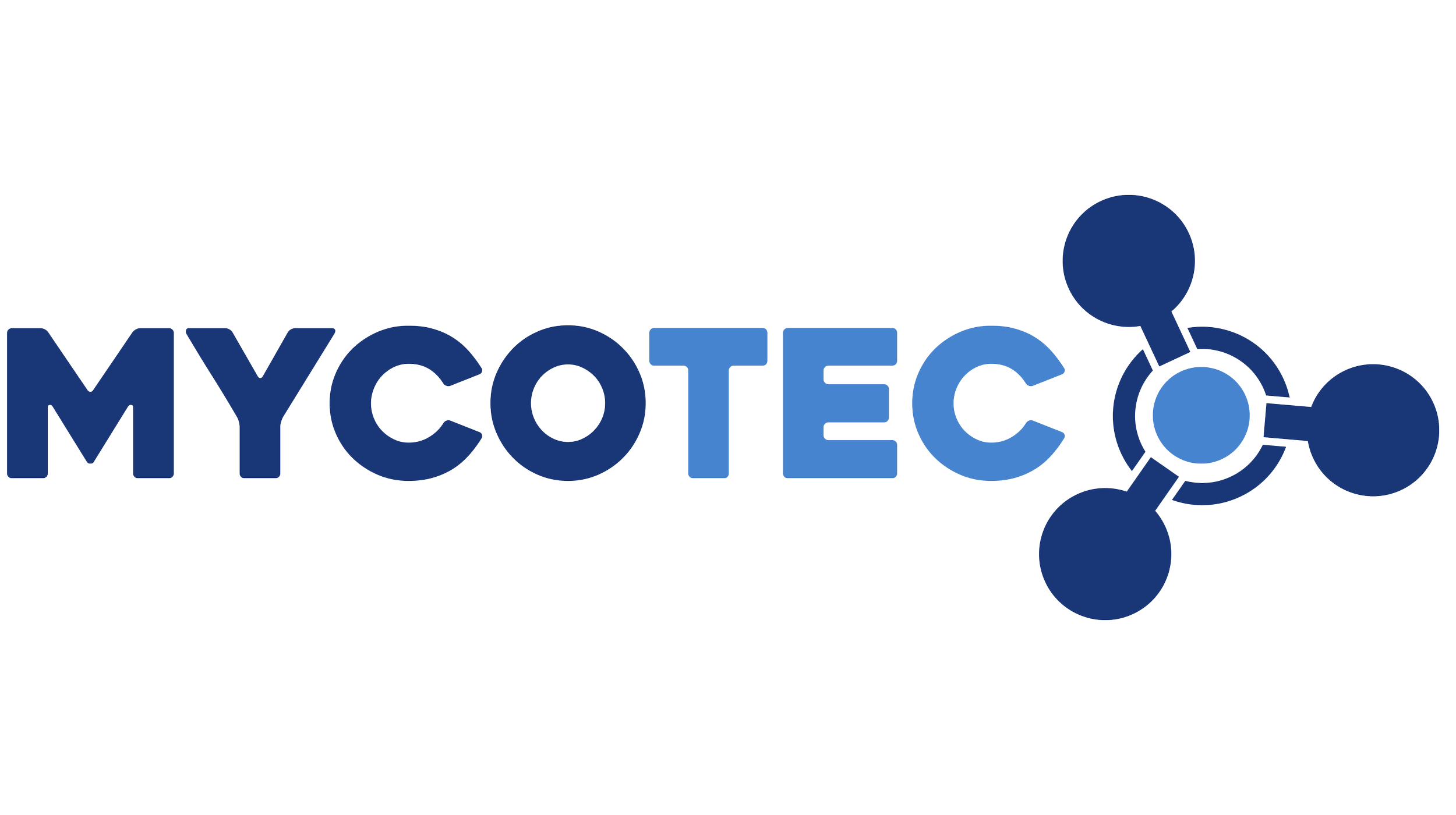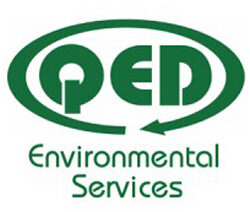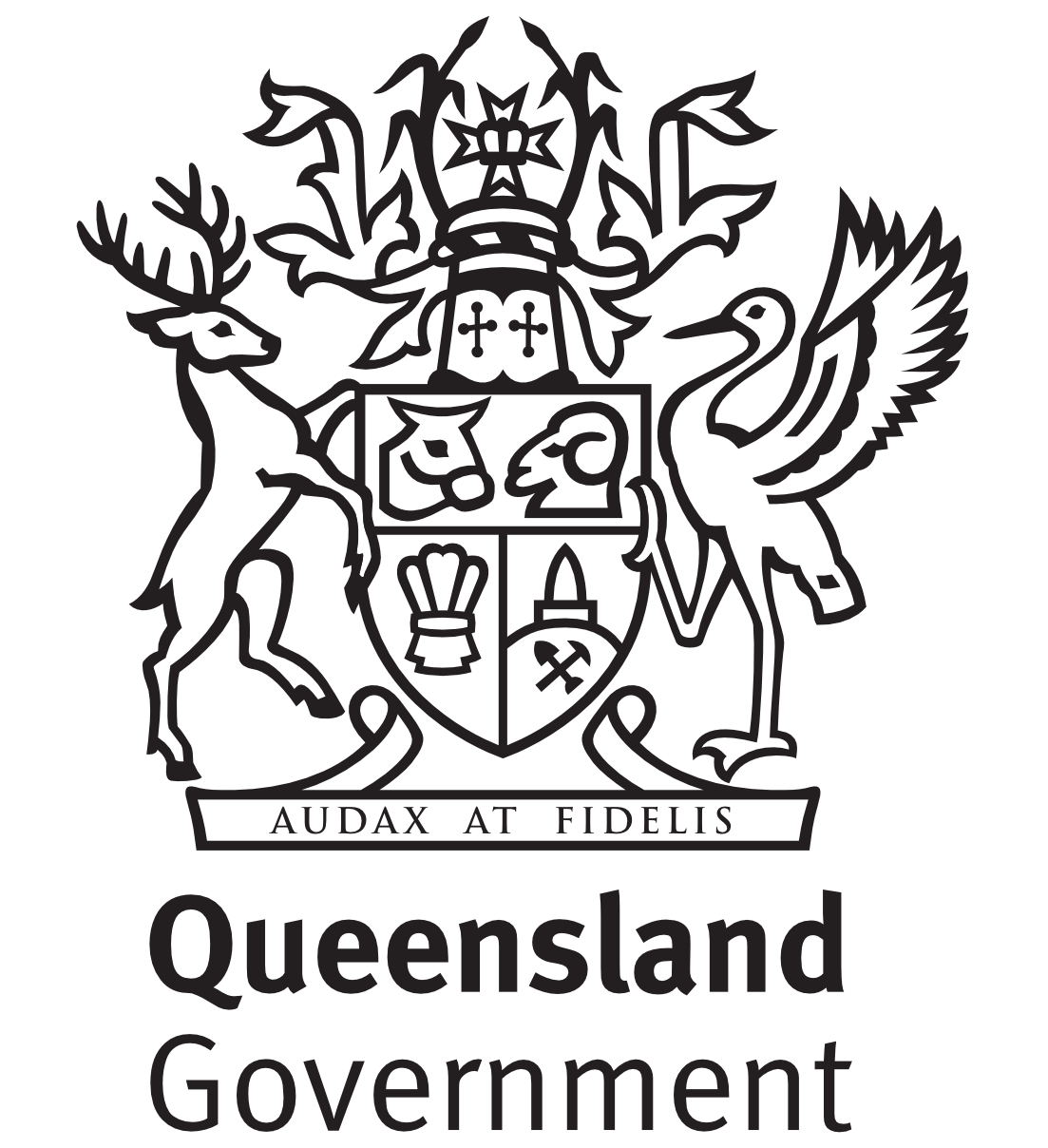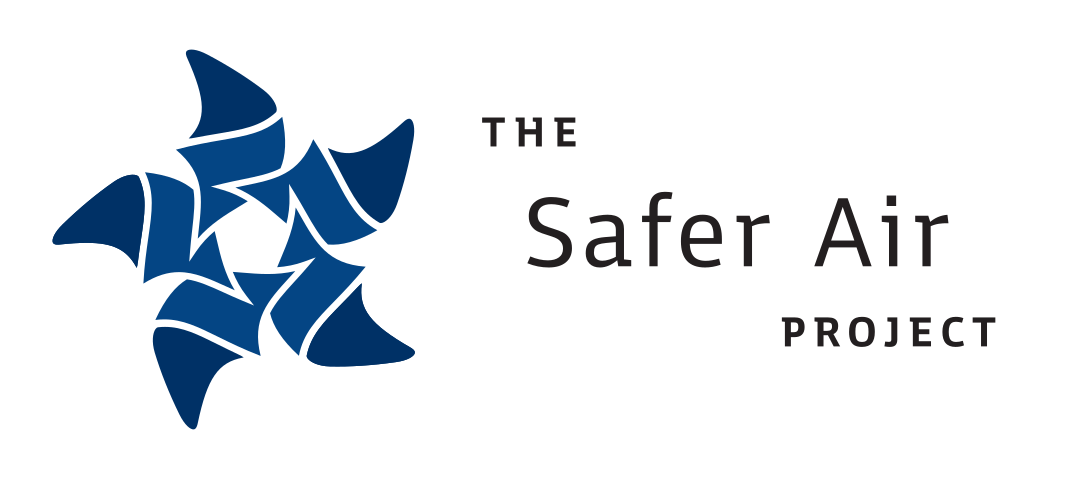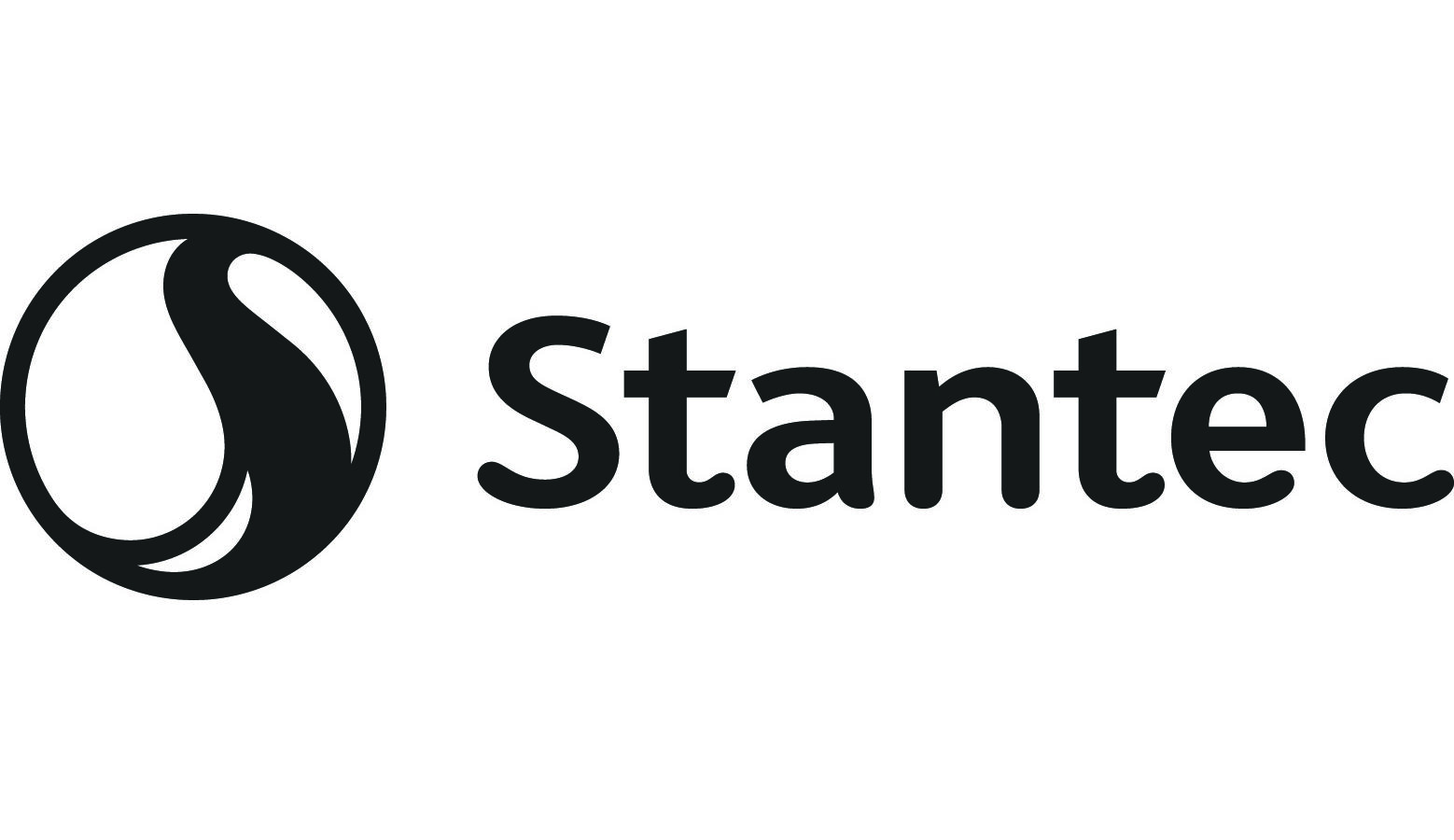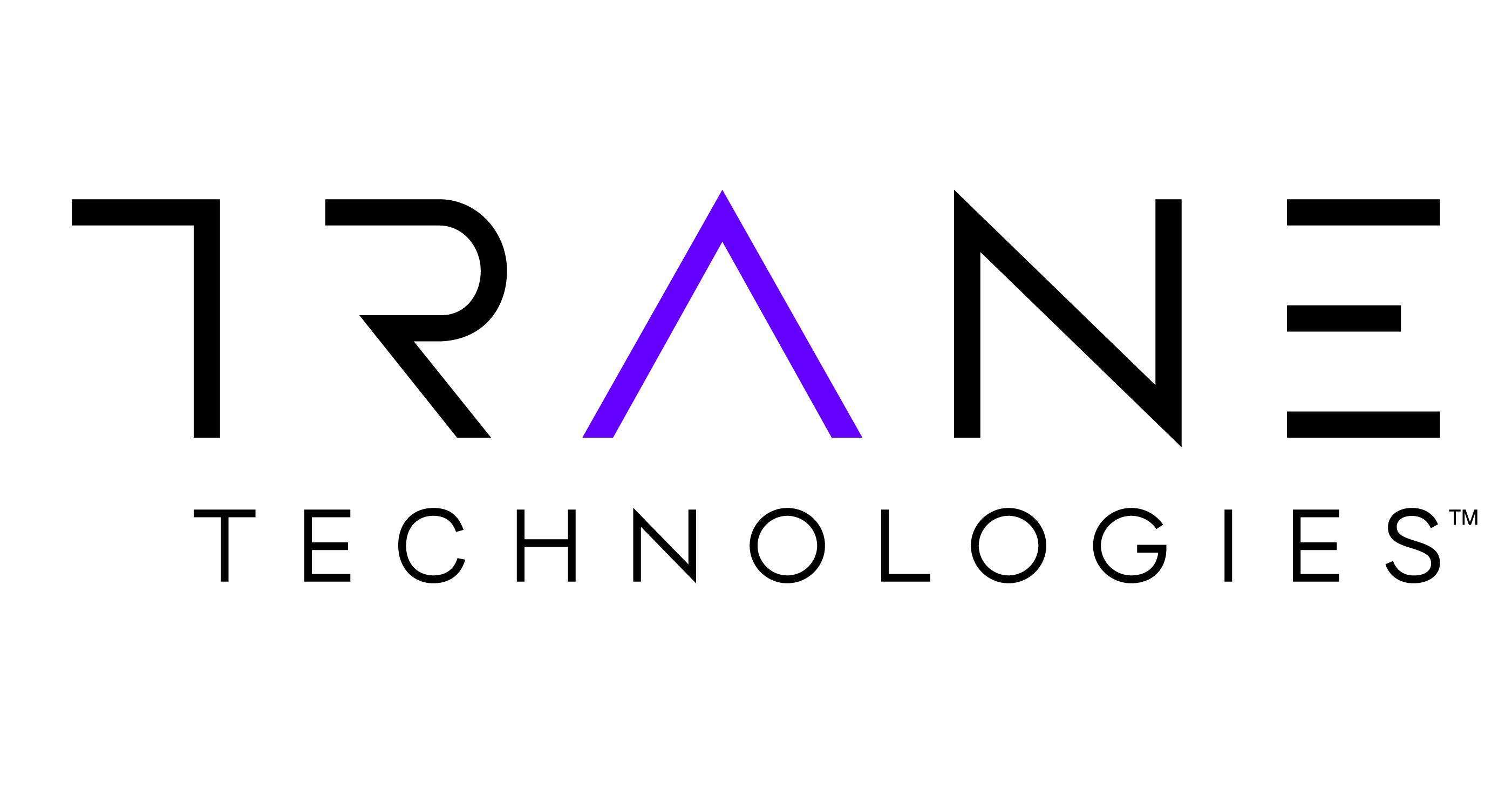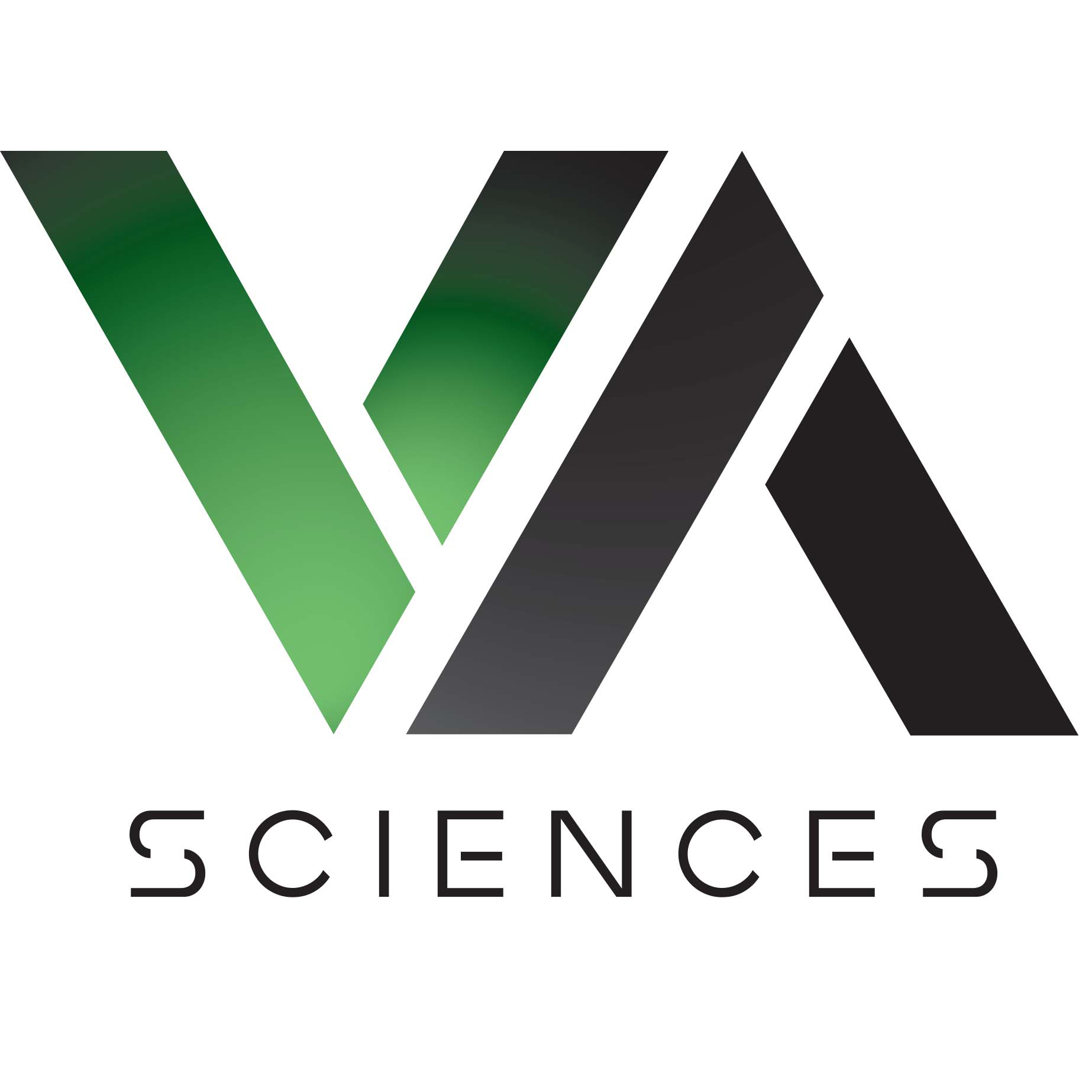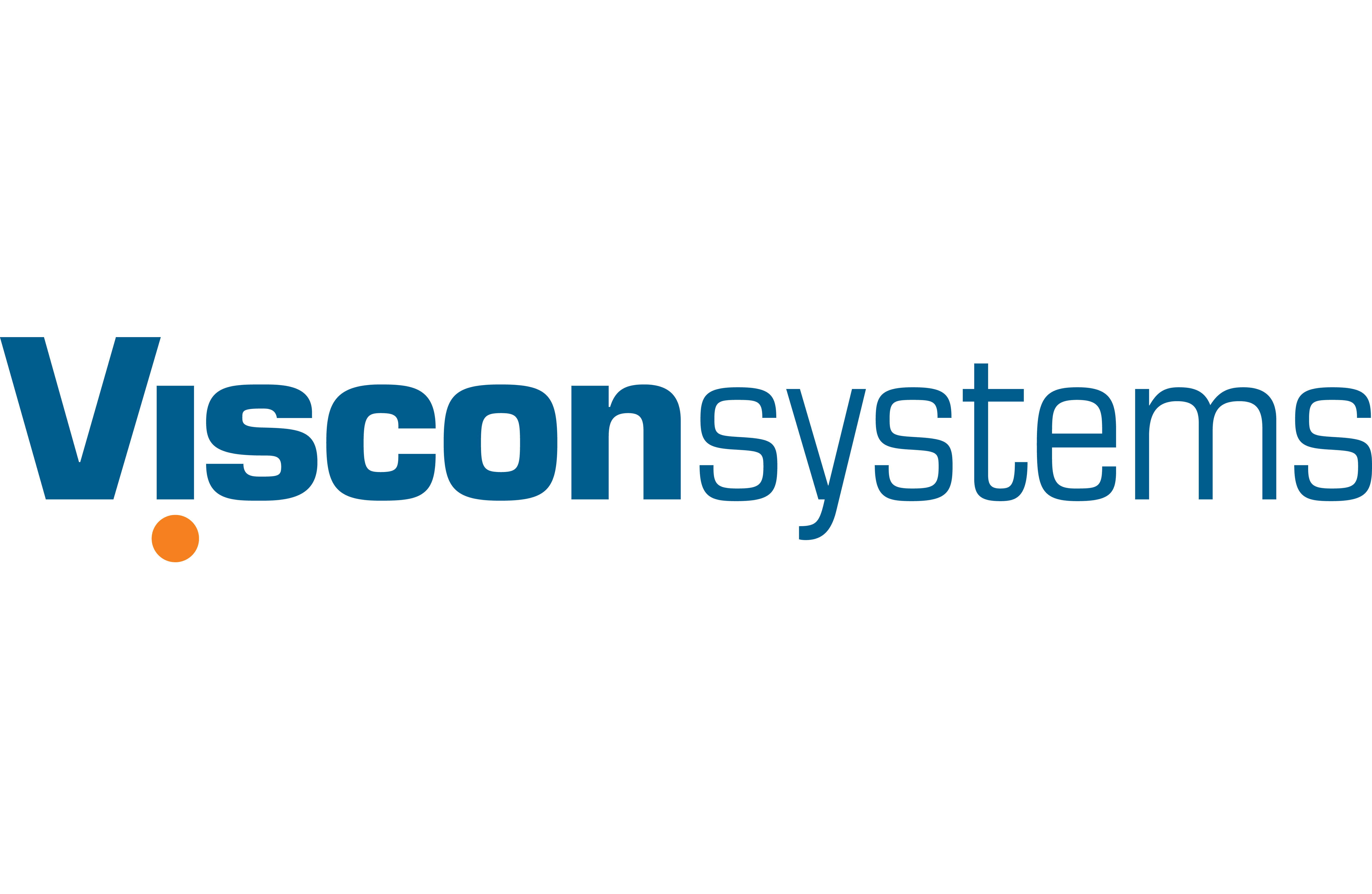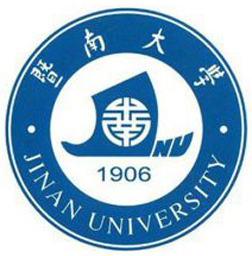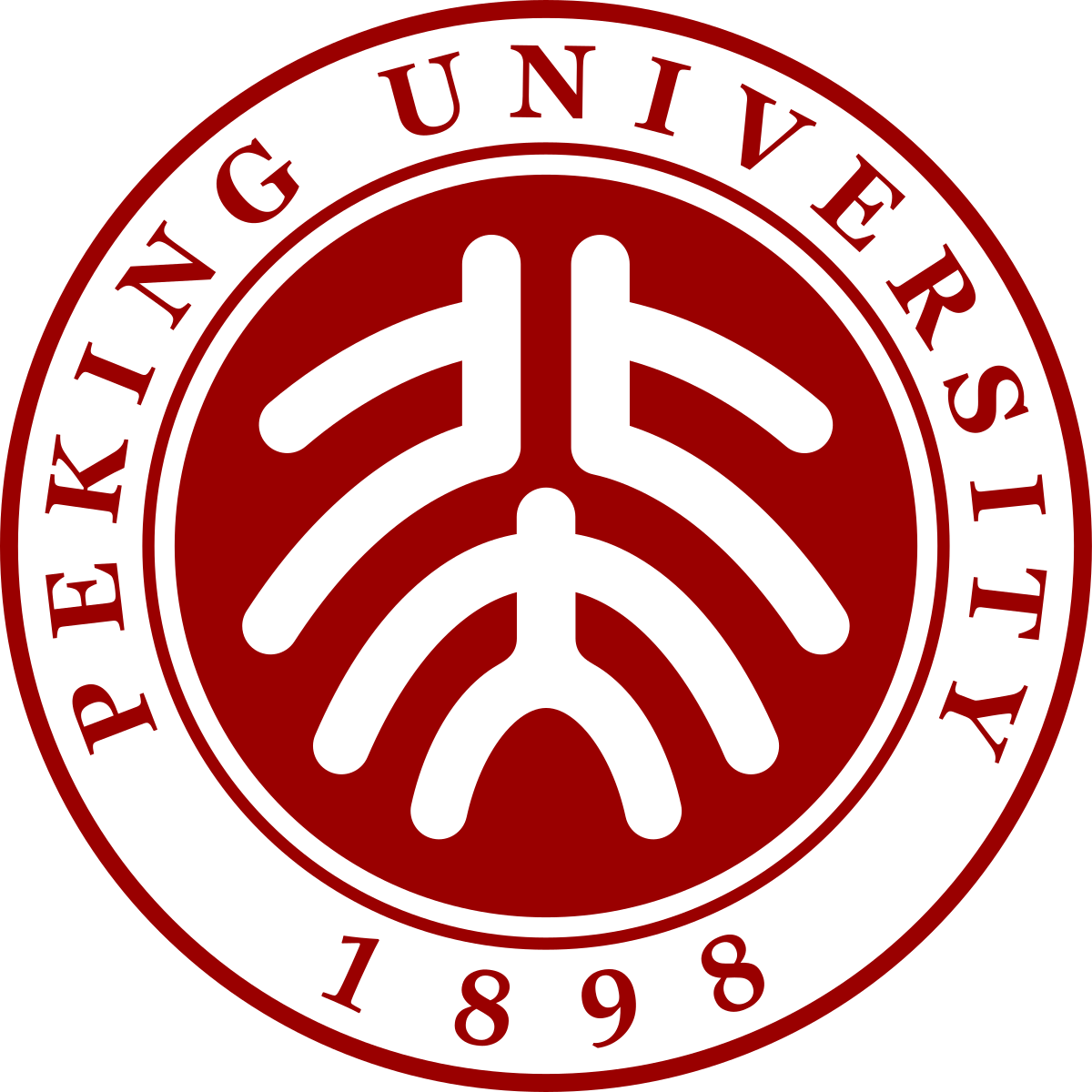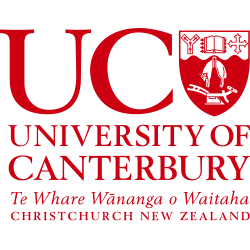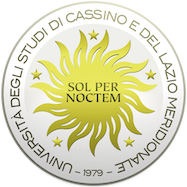Program 03
Quantification & Communication of Indoor Air Pollution & Airborne Pathogen Transmission Risk
About Program 03
It is well known that a wide range of diverse stakeholders with significantly different priorities are involved in building design, construction and operation. However, one key point of agreement is that they want and need a shared understanding about the complexities and interactions of infectious risk so they can confidently determine when a building is “safe” or “less risky” for occupancy. During times of uncertainty, such as an epidemic/pandemic, the availability of meaningful and understandable information (that makes sense across diverse groups of people) is critical to managing stress, anxiety and risk for both occupants and operators. To increase confidence, clear and sound information about the nature of infectious risk, the building type and characteristics, and the occupancy profile is required in a format that enables building custodians to quickly establish risk, make necessary operational adjustments and effectively communicate with occupants. A grading system could identify the risk status and associated actions; for example, level 1 status could mean that windows should be opened immediately. Program 3 consists of three projects.


Projects
PhD Project 3.1 – Parametric risk assessment of indoor infection transmission
This project will build on the projects of Programs 1 and 2 and will assess the parametric models of indoor airborne infection transmission. Numerous models have been developed during this COVID-19 pandemic17 to parameterise buildings and building systems with sufficient detail (e.g., occupant density, ventilation rate, exposure times) and provide a measure of risk on a sliding scale to enable management of hotspots within a building and to inform building occupancy considerations. The input data required at the user interface (occupants or building custodians) provide a preliminary assessment which helps to identify problem areas that need further investigation or clearing of the building (if the end-user is an occupant).
A challenging aspect of this is that a robust assessment is required with limited information, and many questions remain open: (a) How have these models assisted in re-occupying buildings post-COVID19?; (b) Have they been adopted as valid indicators of risk by public health authorities?; (c) Has real-world experience suggested that the infection risk estimates provided are valid?; (d) Can we learn from this application of research to practice in ways that would assist better management of other IAQ risks? and (e) Are there ways that these models can be improved? The approach used will combine two sub-models: a standard atmospheric “box model”, which assumes that the emissions are completely mixed across a control volume quickly (such as an indoor room or other space) and a standard aerosol infection model.
PhD Project 3.2 – Communicating airborne infection transmission risk
Engagement, knowledge and education are key components for individuals and organisations to confidently and accurately identify and manage risk. However, effectively communicating among diverse stakeholders is challenging at the best of times. When the topic is highly technical and invisible, such as building mechanical systems and infectious diseases, and combined with intense fear and anxiety, the challenge is even greater.
This project addresses this challenge by delivering a suite of user-friendly tools that translate the technical, scientific outcomes into accessible, easy-to-understand information for immediate use by occupants and operators. Using co-creation methods to engage diverse groups, the toolkit will produce a range of user friendly, intuitive and cross-platform tools (e.g., web-dashboards, apps, alerts) for individuals and organisations (including industry) that effectively and efficiently share information, communicate public risk and facilitate “buy-in” for actions (see project 3.3).
The Centre brings together a truly multi-disciplinary team (including social science, psychology, construction, health/medical) that has the capacity and experience to translate technical and complex science outcomes into meaningful information that facilitates immediate actions by a wide variety of stakeholders. Meaningful information delivered concisely is the key to active participation, and this project delivers the foundation for stakeholder participation.
PhD Project 3.3 – Social engineering for better behavioural outcomes
Accurately understanding the ways in which individuals and groups perceive and respond to extreme events is critical for increasing infectious disease control within buildings. No two people experience or respond to events in exactly the same way. The complexity of our uniqueness presents a significant challenge to facilitating appropriate and immediate actions in response to stressful events, such as a serious increase in the risk of infection transmission.
This project aims to deliver scientific solutions that address the nexus of infection transmission control and human interaction. Increasing motivation and ability strengthens the learning process to modify and drive individuals to take action. This project will assess and consolidate change management tools that provide accurate environmental information (feedback via dashboards or apps), allowing individuals to apply existing cognitive structures that form the basis of reasoning and decision-making.
Positive communication and change management options will provide immediate information about risks, and actions to mitigate the risks, giving individuals the ability to confidently act to reduce risk-based behaviours. Positive reinforcement is the most effective method of strengthening desired behaviours and actions.
Industry Partners
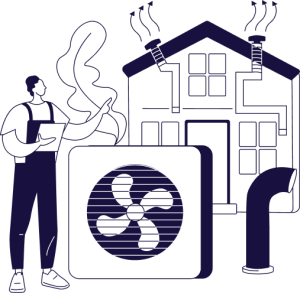
Interested in Current opportunities with Thrive?

